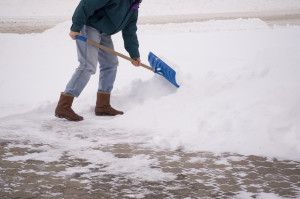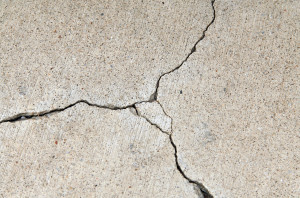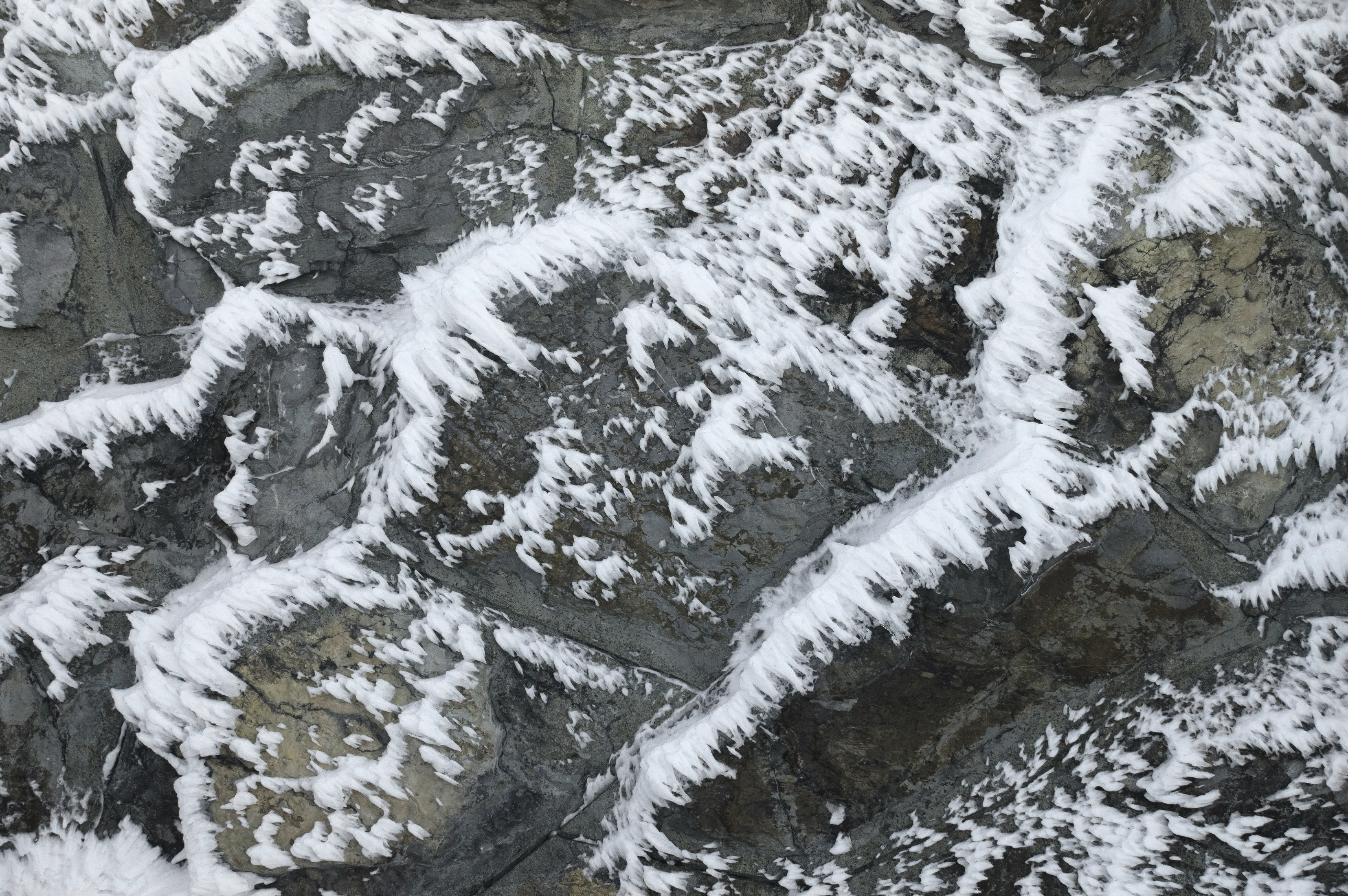Winter weather can be harsh on just about everything. It can ruin your plants and landscaping. It can erode and damage your cars. And it can even do a number on your physical health and well-being. But it can also cause problems for your driveway, sidewalk, parking lot, or any other type of paved surface. Protect your paving with some tips from the experts at AC Paving.
How Winter Damages Paved Surfaces
 When snow and ice melt, the water has a nasty tendency of finding its way into even the smallest cracks or holes in concrete or asphalt. Then when temperatures drop again, this water refreezes and pushes outward, thereby expanding the crevasse or gap. Over time, this will result in large cracks, potholes, and buckles in what was once a flat paved area, and this damage is both unsightly and dangerous.
When snow and ice melt, the water has a nasty tendency of finding its way into even the smallest cracks or holes in concrete or asphalt. Then when temperatures drop again, this water refreezes and pushes outward, thereby expanding the crevasse or gap. Over time, this will result in large cracks, potholes, and buckles in what was once a flat paved area, and this damage is both unsightly and dangerous.
How to Protect Paving in Winter
Here are some suggestions to keep this from happening to your property.
- Seal it up. Before the worst winter weather arrives, make sure you take steps to protect your paved surface. Your driveway, sidewalk, or parking lot must be above 50 degrees and precipitation-free for at least two days. Thoroughly clean the surface (with a power washer if possible) and then fill in cracks with asphalt or concrete sealer. Then spread sealant onto the surface using a large squeegie or brush, covering 15 to 20 foot sections at a time evenly with a thin coat. Allow it to dry for at least two days.
- Be aggressive with snow shoveling. If heavy snow falls on your surface, don’t procrastinate in removing it. Use either a snow shovel, snow blower, or snowplow to get rid of the snow as quickly as possible. The less snow that remains on the surface, the smaller the chances are of snowmelt refreezing and widening cracks in the pavement.
 Know what your surface temperature is. The temperature of the ground is usually different from the air temperature – and it can also vary in sunny and shaded spots. Handheld or mirror-mounted sensors can be purchased at many auto parts or hardware stores. If you know the surface temperature, it will help you better determine how to deice the surface itself.
Know what your surface temperature is. The temperature of the ground is usually different from the air temperature – and it can also vary in sunny and shaded spots. Handheld or mirror-mounted sensors can be purchased at many auto parts or hardware stores. If you know the surface temperature, it will help you better determine how to deice the surface itself.- Use the right deicing product. Usually, it’s not smart to use basic rock salt as a primary deicer for a large paved surface, especially concrete. The salt will dry out and cause the concrete surface to chip, which could lead to holes and cracks. Instead, use calcium chloride or other alternative products to melt the ice.
- Don’t “over deice.” Using too much deicing material can also erode the paved surface. This is why it’s important to know the temperature of the ground where you will be deicing. Pay attention to the product’s directions when determining how much deicer to use, and only add product in small amounts if you think you need more.
Make Your Paved Surface Last
 With a little forethought and diligence, the deleterious effects of Old Man Winter can be prevented from damaging your sidewalk, driveway, or parking lot. And if you perform this type of maintenance annually, you could get a paved surface that lasts for decades instead of just years. That in turn will save you money that you would have spent on repaving or repairing your property. And who can’t benefit from having more money?
With a little forethought and diligence, the deleterious effects of Old Man Winter can be prevented from damaging your sidewalk, driveway, or parking lot. And if you perform this type of maintenance annually, you could get a paved surface that lasts for decades instead of just years. That in turn will save you money that you would have spent on repaving or repairing your property. And who can’t benefit from having more money?
If you’d like to speak to an AC Paving representative for help with pavement repairs, or for a free estimate, give us a call at 410-923-6100 or click here to contact us online!


whoah this blog is fantastic i really like reading
your articles. Stay up the good work! You already know, lots of individuals are looking around
for this info, you could help them greatly.